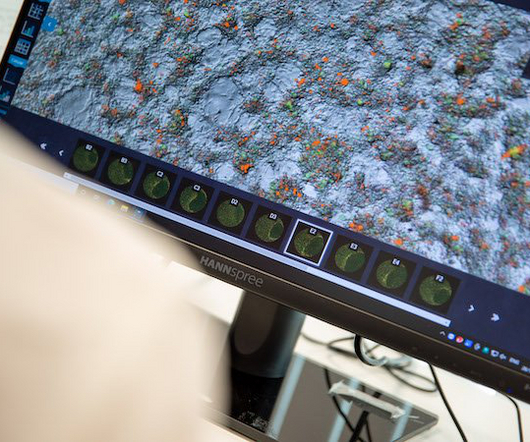Delivering on the promise of gene editing
Drug Discovery World
DECEMBER 15, 2022
Gene editing tools such as zinc finger nucleases, transcription activator-like effector nucleases (TALEN) and clustered regularly interspaced short palindromic repeat (CRISPR) nucleases have been heralded for their enormous potential to treat diseases and genetic disorders. In one example, Choi et al.












Let's personalize your content